New Hotel Plan set to Transform Dead Sea Tourism
Projects in the works includes guest villas on stilts à la Maldives, spits of land reaching into the sea with a large expo dome, plus rooms along artificial inlets.
Israel’s plans to turn the lowest place on earth into one of the hottest tourist destinations on the planet will see the country taking inspiration from two places already drawing millions of visitors a year: the Maldives and Dubai.
Plans for a raft of new hotels along the Dead Sea will seek to revamp tourism in the region and remake the coastline, with a series of manmade islands, peninsulas and inlets — plus a tropical-style property featuring guest cottages perched on stilts in the sea — in the works to extend the coastline and put more tourists than ever right on the water.
Israeli officials see boosting Dead Sea tourism as key to reaching the goal of 10 million visitors a year by 2030. With the sea rapidly shrinking, leaving former beachside resorts miles from shore and turning the former coastline into a dangerous expanse of sinkholes, tourism efforts are focused on the massive evaporation ponds south of the Dead Sea, where most of the large hotels in the area are already located.
The ponds, which are filled with water from the Dead Sea and used by ICL (formerly Israel Chemicals Ltd.) for potash, bromine and magnesium mining, are generally marketed as part of the sea, and few tourists are aware that they are actually floating in an industrial site.
The scheme aims to double tourist accommodation at the Dead Sea by adding 4,000 to 5,000 rooms along an extended promenade by 2026, filling in much of the remaining open land between Ein Bokek, at the northern tip of the ponds, and Neve Zohar, about 2.2 miles south.
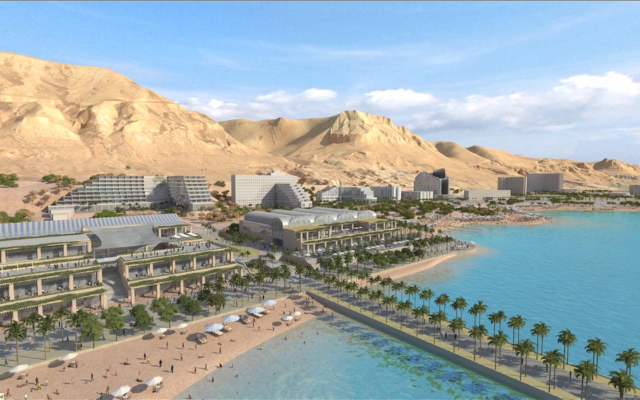
Seven hotel tenders have been awarded, out of 17 eventual projects, and the Tourism Ministry has already invested more than NIS 1 billion ($344 million) extending the promenade along the shoreline southwards and building the new landforms.
The hotels will be the first new ones in the area in some 30 years, according to Shimon Daniel, CEO of the Dead Sea Preservation Government Company, a Tourism Ministry clearinghouse for Dead Sea development.
Promoters say three islands are being built as part of the development, but published plans only show a single landform — still technically connected to land — that might be classified as one.
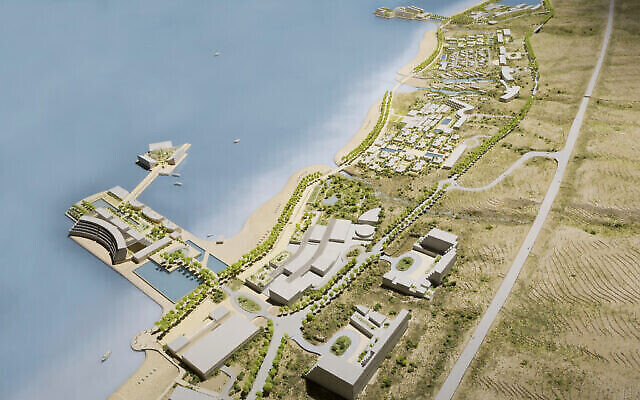
The island, which is already built, will be home to a massive dome that will be used as a 5,000-person capacity exposition center with world-class amenities and 360-degree projection lighting.
Developer Bercleys Papo, a partnership between Dead Sea developer Bercleys and Papo Maritime, a subsidiary of the Nakash Brothers which currently controls the Port of Eilat, is hoping the expo center will attract large-scale business events to the region.
The island is connected to a jetty jutting out into the sea, which will feature a hotel and a spa, according to published plans.
Bercleys Papo, which is also building two towers with guest accommodations and luxury condos as part of the project, says the dome is being shipped into the country nearly complete and will be up and running within six months.
Elsewhere in the project, a hotel is slated to be built that will mimic the Maldives’ famous guest cottages on stilts right over the water, connected to each other and the land by a boardwalk.
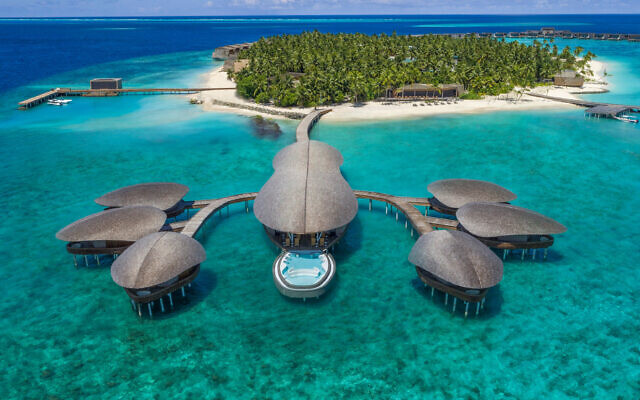
Current plans show 35 guest villas on the water, though the project tender calls for a 198-room hotel on the water, meaning some of the villas may have more than one room.
Another hotel planned for the project will feature a series of inlets, bringing the water to the guests instead of vice versa.
Though not included in the current project, an area masterplan includes another manmade peninsula sticking into the lake where another hotel will sit.
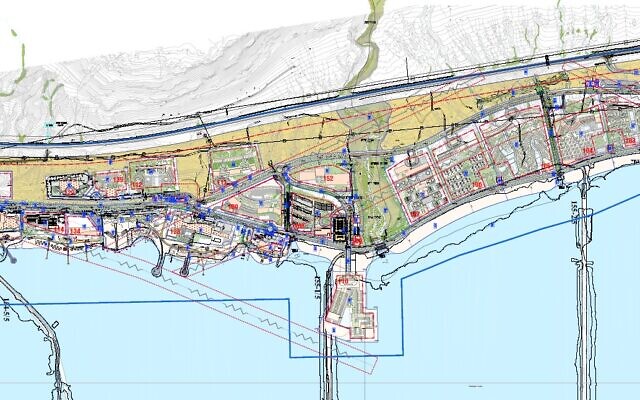
Aside from Bercleys Papo, hotel chains Fattal, Elad, Isrotel, Astral and Vert are slated to build or manage properties in the project.
While much attention has focused on the plans to recreate the magic of the Maldives, the use of islands, jetties and inlets takes a page from the playbook of a different tourism hotspot: Dubai.
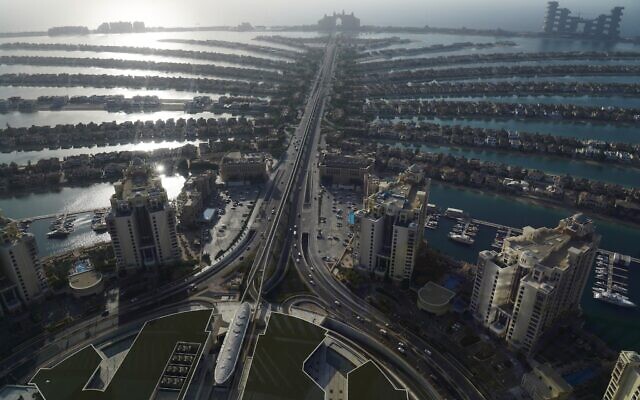
The Emirati city has made extensive use of all three as a way to extend its otherwise limited coastline, with hundreds of small islands and peninsulas creating a world map, a palm tree, and other formations, offering more beachfront properties for resorts and luxury accommodations.
“Our vision is to create a unique experience at the Dead Sea in tune with the unique significance of the lowest point on earth,” said Tourism Ministry Deputy Director-General Kobby Barda.
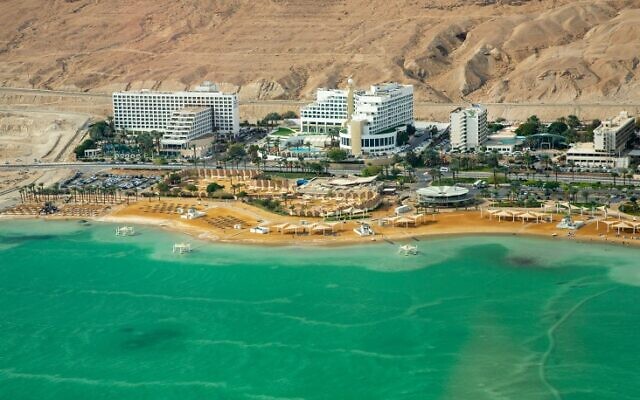
Ein Bokek currently has 15 hotels, including offerings from most of the big Israel chains. In a normal year, hotels could expect around 800,000 visitors, mostly from overseas. The Dead Sea received government support during the pandemic, but also became a popular Israeli staycation option.
This is despite being the second-most expensive place to stay in Israel, averaging $211 a night pre-COVID (2019). Figures from the Central Bureau of Statistics suggest that so far this year, the Dead Sea resorts have averaged around 70 percent occupancy.
- Israel news
- tourism
- dead sea
- the Maldives
- Dubai
- Israel Chemicals Ltd.
- potash
- bromine and magnesium mining
- Ein Bokek
- Neve Zohar
- Tourism Ministry
- Shimon Daniel
- Dead Sea Preservation Government Company
- Bercleys Papo
- Papo Maritime
- Nakash Brothers
- Port of Eilat
- Fattal
- Elad
- Isrotel
- Astral
- Vert
- Kobby Barda
- Central Bureau of Statistics



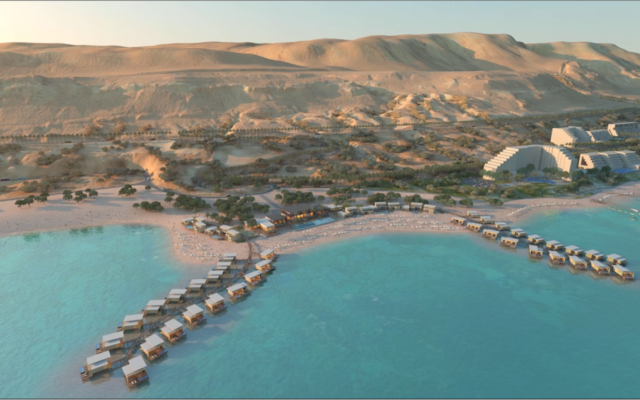
comments